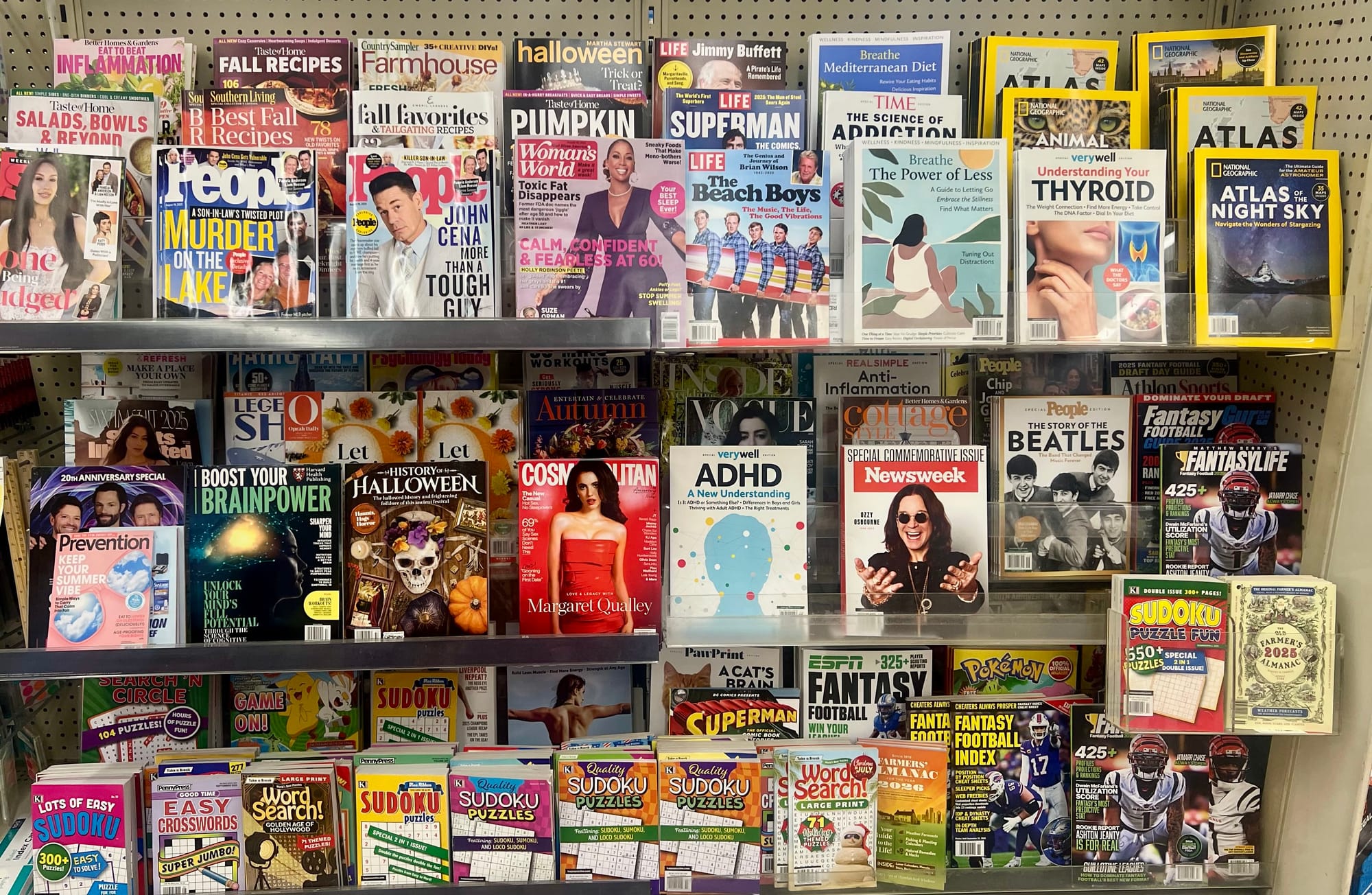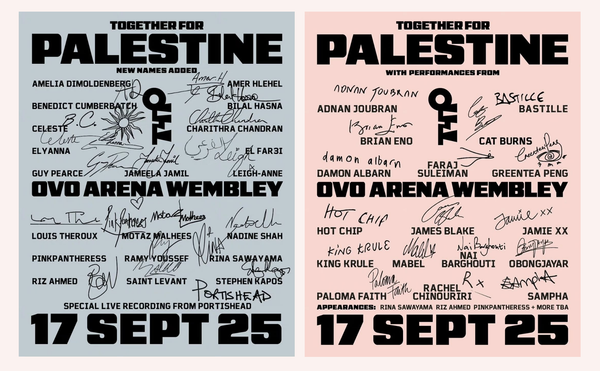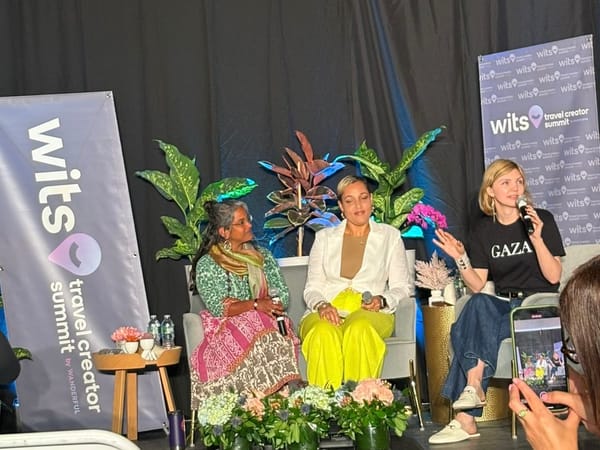I've been on a quest lately.
For almost a week now, I've been looking for a certain item, a modern rarity.
I searched for it in the big-box retailers of suburban Chicago and the independently-owned bookstores of the city.
I stopped at a convenience store and my neighborhood Walgreens. I even tried my luck at a gas station.
All this to get my hands on the September/October issue of Condé Nast Traveler magazine because I have a story about Okinawa in it (which is perfectly available online).
This hunt has reminded me of something we all know: print is dead.
Short of subscribing to a magazine mail delivery, it seems to be nearly impossible to pick one up on the street. (I occasionally grab an issue of The Economist, which I never finish, at an airport ahead of a long flight.)
But here is the paradox: because it's so rare and hard to find, I will cherish this print magazine when I finally settle in with it on my couch.
Ironically, it seems that the surest way to buy this print is via an online retailer.
This quest made me think of our larger media landscape.
We drown in an abundance of stories, content, noise (pick your favorite), all easily accessible at the swipe of a finger.
But does this accessibility cheapen the preciousness of each thing we come across online?
On one hand, the democratization of who can tell stories (anyone) and how they can be delivered (for free, across the globe) is sorely needed. I'm all for sunsetting gatekeepers.
On the other, what do we lose when we lose the ability to be deeply impacted by something someone made? To treat it as an event? To feel that it's special?
The Okinawa story is like that. It took six months to pitch, weeks to research and interview, and more weeks to write.
I agonized over every word, making tough choices about how to best convey its central message–the beauty and resilience of the island's Indigenous Ryukyu people–while staying within strict word counts of print.
The online version of this story will most likely be consumed on a phone, half-distracted, in the context of scrolling.
But print? That's a ritual.
To read print, we need to create space and leave our devices behind. We need to hunt for the actual medium. We need to be in a certain frame of mind, ready to soak in words and be transported elsewhere.
Yes, print is dead. But it is perhaps also keeping us alive.
And that, I think, is beautiful.
Going Places is an audience-supported platform.











Member discussion